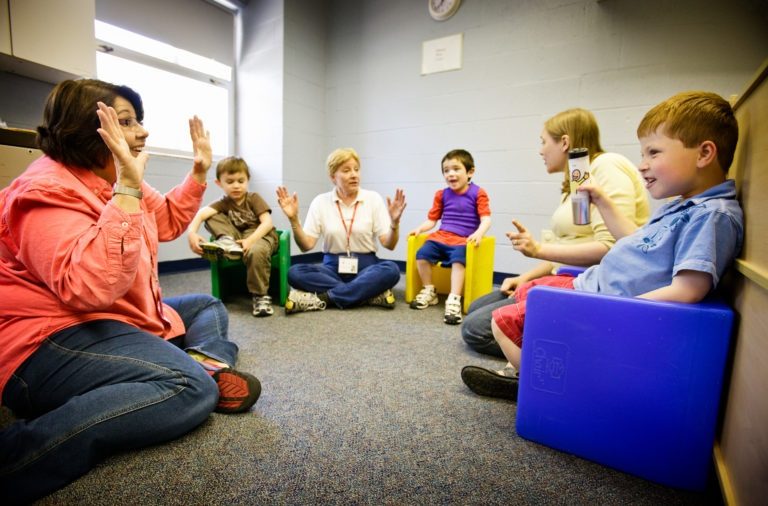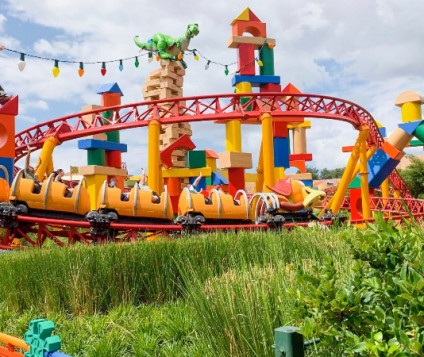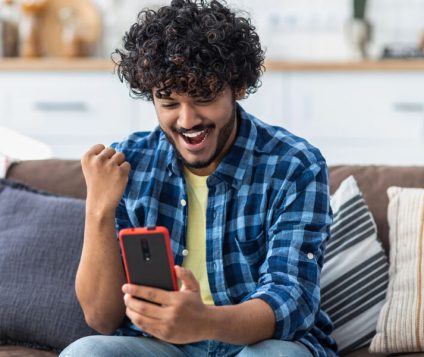Social Skills Assessment Tools Autism

One of the most prominent indicators of autism spectrum disorder (ASD) is the lack of ability to interact effectively in social situations. Those with ASD often don’t read common social cues such as tone of voice and facial expressions very well, and this results in communication fails that can lead to frustrations on both sides as well as generally awkward situations. If you’re a general education teacher with one or more autistic students in your class, you may be wondering about the best ways to help these students conquer social hurdles. Following are five suggestions for helping autistic students develop social skills.
Identify the Student’s Strengths and Weaknesses
Using social skills assessment tools autism experts recommend is the first step in identifying the individual student’s strengths and weaknesses. Not all of those with ASD have the same problems with social skills, so it’s important to identify individual issues so that teachers can develop appropriate classroom strategies.
Develop a Skill Acquisition Strategy
Once you’ve identified areas in which your autistic student or students need to develop specific social skills, it’s time to cultivate a customized skill acquisition strategy. For instance, if the student does well in one-on-one situations but struggles with group activities, cultivate a plan designed to help that student interact in groups. Simple games involving three or four others might be a good way to start.
Create an Inclusive Classroom Environment
All students need to have a classroom environment in which they feel they can safely express themselves, so be sure to cultivate an environment of acceptance and inclusiveness in your classroom. The best way to do this is to lead by example, implement autism awareness and to nip any signs of bullying or other bad behavior directed at autistic students in the bud.
Decide on an Intervention Strategy
There will undoubtedly come times when it’s necessary for you to intervene when group interactions go in a negative direction. Having an intervention strategy in place makes it easier when the times come to go into action. It’s best to intervene as soon as you notice interactions beginning to go south rather than giving them time to escalate.
Keep an Open Line of Communication With Families
Autistic children are highly sensitive to changes and challenges within the home environment, so be sure to keep an open line of communication with families so that you’re aware of any major issues that may affect classroom behavior.
Keep in mind that training specific to integrating autistic children into the classroom environment should be ongoing. Building a fluid strategy starting with social skills assessment tools autism helps ensure that the needs of autistic students are met.



















